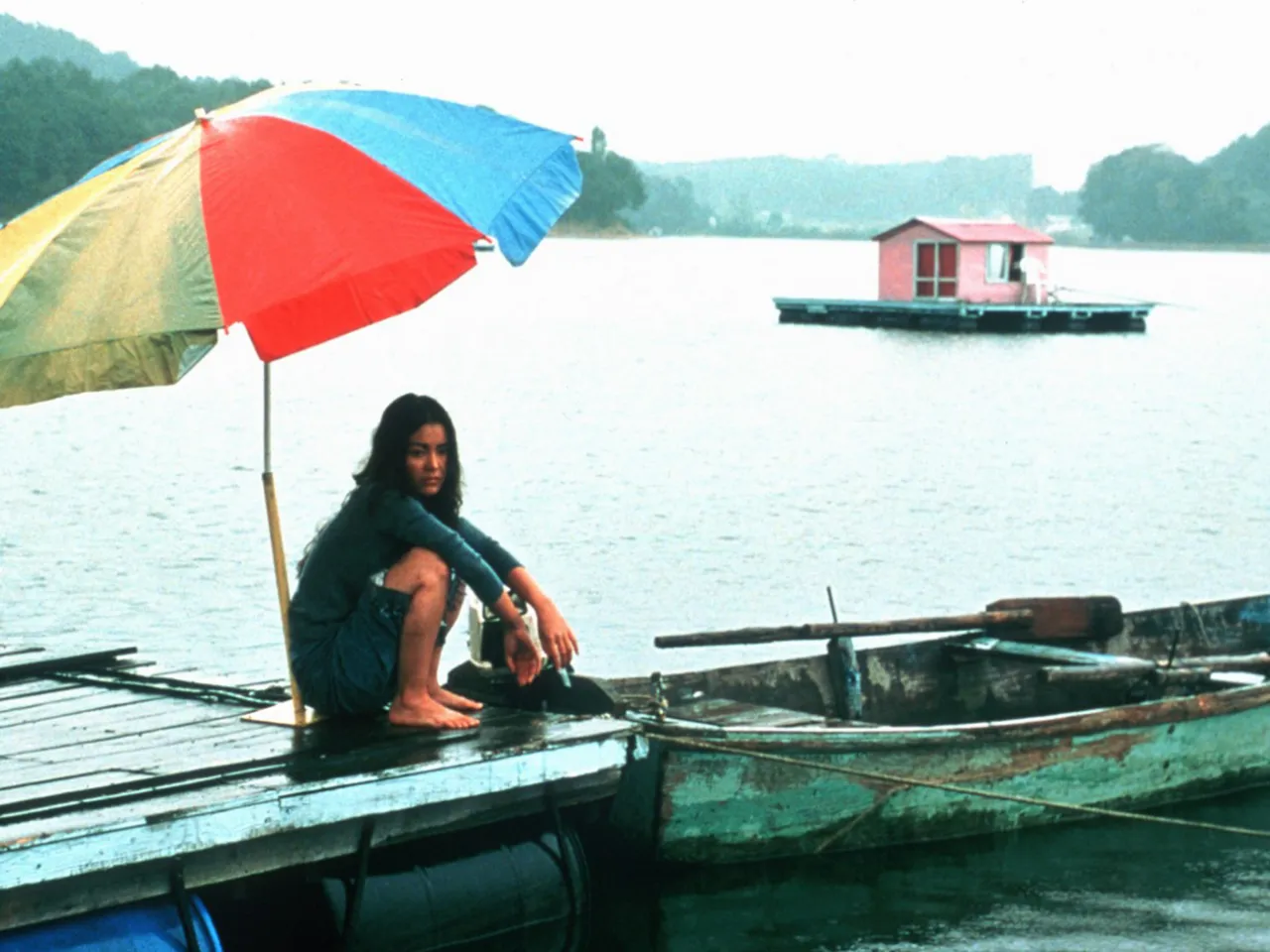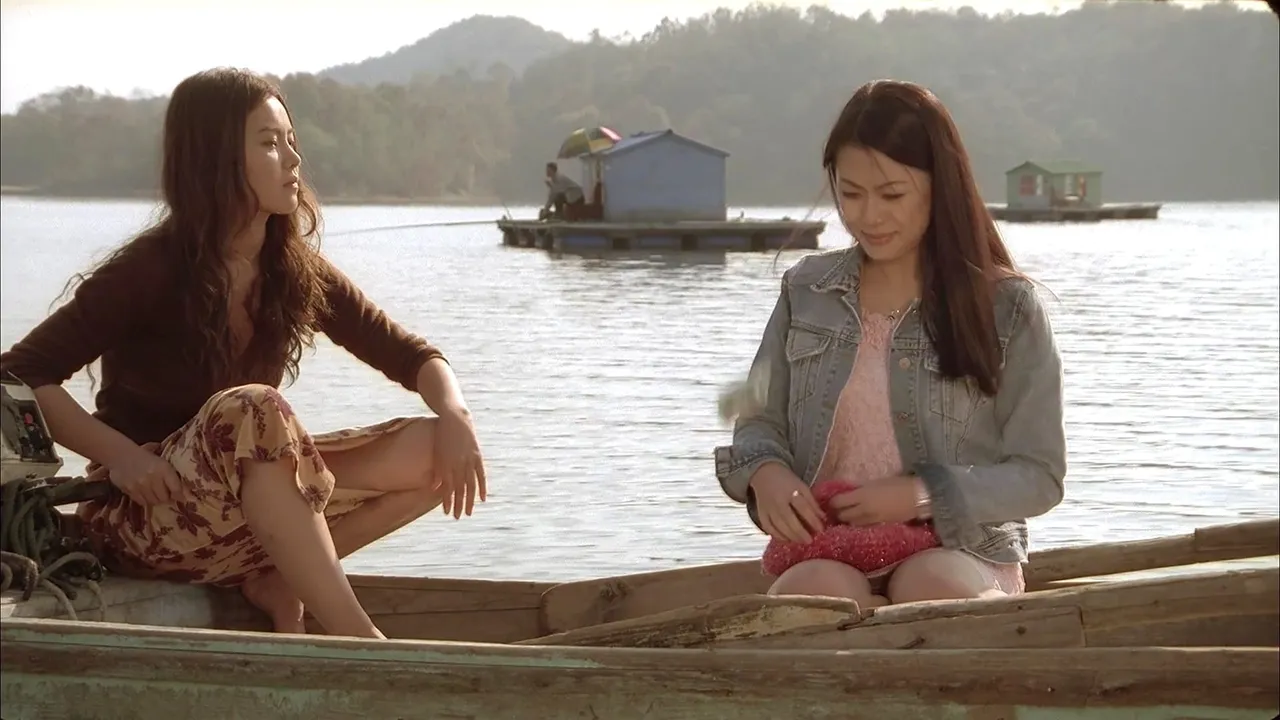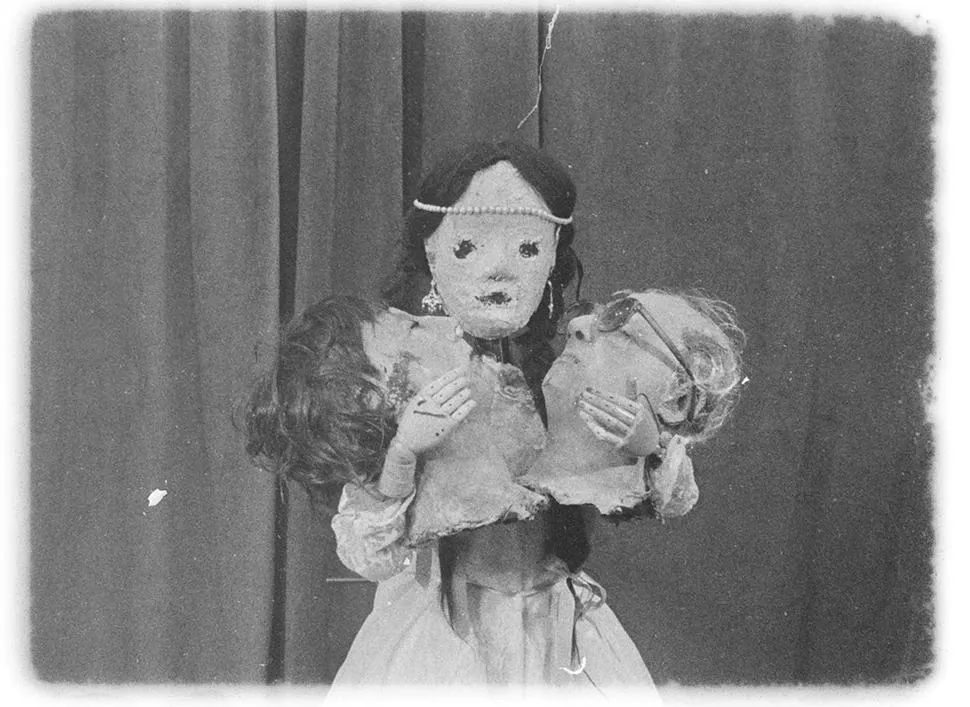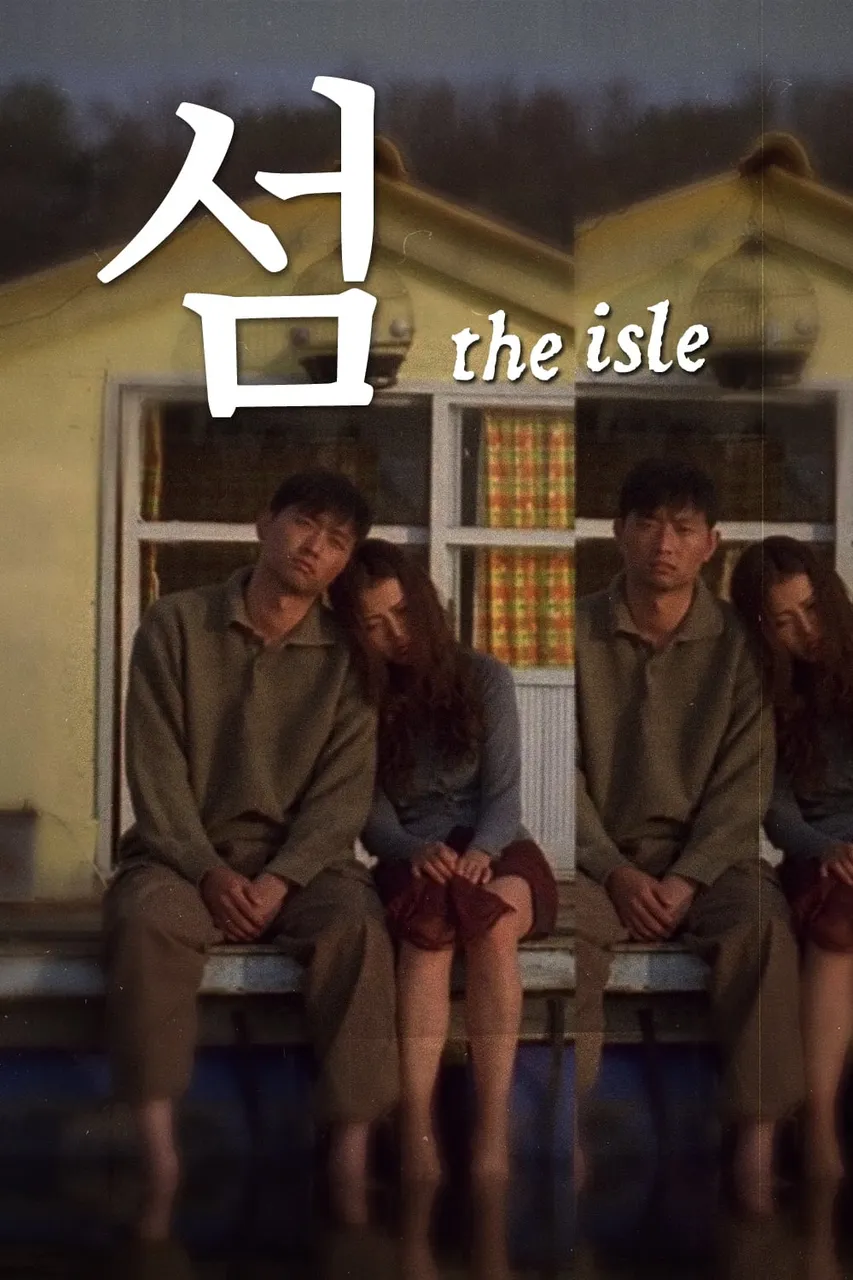
Uno de los primeros trabajos importantes de Kim Ki-duk
If we talk about South Korean cinema, we must talk about Kim Ki-duk, responsible for having written and directed great cinematographic works such as Time, The Bow, or the best known Spring Summer Fall Winter and Spring and 3-iron, two of the best films that have been made on the Asian continent. But before all that, before becoming a world-famous director, Kim's first work to attract international attention was The Isle.
Si se habla del cine de Corea del Sur, hay que hablar de Kim Ki-duk, responsable de haber escrito y dirigido grandes obras cinematográficas como Time, The Bow, o las más conocidas Spring Summer Fall Winter and Spring y 3-iron, dos de las mejores películas que se han hecho en el continente asiático. Pero antes de todo eso, antes de convetirse en un director de fama mundial, el primer trabajo de Kim que llamó la atención internacional fue The Isle.
The film tells the story of a woman who manages a kind of hotel (?) whose rooms are small cabins located in the middle of the water. Normally, these small floating isles are rented by men who go to that lake to fish and rest for a few days, but they can also be used to host sexual encounters with prostitutes or for someone who wants to hide. In addition to renting the rooms, the local woman can obtain and sell certain items to her guests or sleep with them in exchange for money. The exact location is not mentioned, but it gives the impression of being a remote place, with little access or little interest on the part of people in visiting a place like that. One day a man arrives at the lake. He doesn't behave like the others, but he's hiding a secret: he has murdered a woman and is now ready to commit suicide. The owner of the place (who according to the credits is called Hee-Jin, but whose name is not pronounced in the film) prevents him from doing so and from there a strange rapport arises between the two that has some love, but also conflict, of fighting, savagery and a lot of verbal, physical, emotional and graphic violence. Although different secondary characters later appear and disappear, the two protagonists are Hee-Jin and the guy she saved from committing suicide, which does not mean that the actions of others or their relationship with this couple are irrelevant. In fact, it's the opposite.
La película cuenta la historia de una mujer que administra una especie de hotel (¿?) cuyas habitaciones son pequeñas cabañas ubicadas en medio del agua. Normalmente, estas pequeñas islas flotantes son rentadas por hombres que van a ese lago a pescar y a descansar algunos días, pero también pueden servir para albergar encuentros sexuales con prostitutas o para alguien que quiera ocultarse. Además de arrendar las habitaciones, la mujer del lugar les puede conseguir y vender ciertos artículos a sus huéspedes o acostarse con ellos a cambio de dinero. No se menciona la ubicación exacta, pero da la impresión de ser un lugar remoto, con poco acceso o con poco interés de la gente por visitar un sitio como ese. Un día llega al lago hombre que no se comporta como los demás, pero que oculta un secreto: ha asesinado a su mujer y ahora está dispuesto a suicidarse. La dueña del lugar (que según los créditos se llama Hee-Jin, pero cuyo nombre no es pronunciado en la película) se lo impide y a partir de allí surge una extraña compenetración entre ambos que tiene algo de amor, pero también de conflicto, de lucha, de salvajismo y bastante violencia verbal, física, emocional y gráfica. Si bien luego van apareciendo y desapareciendo diferentes personajes secundarios, los dos protagonistas son Hee-Jin y el sujeto que ella salvó de suicidarse, lo que no significa que las acciones de los demás o su relación con esta pareja carezca de relevancia. De hecho, es todo lo contrario.

The Isle features elements common to other Kim Ki-duk films, such as the theme of a body of water, boats and fishermen, which also appear in The Bow and the silent protagonist (so silent that she never speaks in the film: she doesn't have a single line of dialogue), a fact that is repeated in The Bow and in 3-iron.
The Isle presenta elementos comunes a otras películas de Kim Ki-duk, como el tema de un cuerpo de agua, embarcaciones y pescadores, que también aparecen en The Bow y la protagonista silenciosa (tan silenciosa que nunca habla en la película: no tiene ni una sola línea de diálogo), hecho que se repite en la misma The Bow y en 3-iron.
Also, as in those, symbols, metaphors and that hypnotic visual poetry so characteristic of the director's style are present. The film opens with a close-up in which the lake with its floating cabins is observed and every time that environment is shown (in which the entire story takes place) there's a surreal sensation that invades the viewer, how can a place exist? The cabins are old, the boat too, they show signs of use, but they generate a feeling of something magical, something that is beyond life and time, especially when the fog covers the lake and you can only see the cabins floating on the nothingness, like colored dots in the distance. This dreamlike atmosphere is enhanced by beautiful cinematography that occupies different angles for certain shots and that focuses a lot on transmitting ideas, words and emotions, through images. But in addition to all the elements that coincide with Kim Ki-duk's style, The Isle also has something that his other later works don't have - not to the same extent - because this story is more violent, crueler, more intense and that's why it generated so much controversy in some countries. There are scenes of rape, domestic violence, animal cruelty (real animals that are actually beaten, lacerated, tortured), misogyny, murder, and two suicide attempts that are painful and difficult to watch because of how graphic they are and how sordid is the alternative.
También, como en aquellas, están presentes los símbolos, las metáforas y esa hipnótica poesía visual tan característica del estilo del director. La película abre con un primer plano en el que se observa el lago con sus cabañas flotantes y cada vez que se muestra ese entorno (en el que transcurre toda la historia) hay una sensación surreal que invade al espectador, ¿cómo puede existir un lugar así? Las cabañas son antiguas, la barca también, muestran marcas de uso, pero generan una sensación de algo mágico, algo que está más allá de la vida y del tiempo, en especial cuando la neblina cubre el lago y sólo se ven las cabañas flotando sobre la nada, como puntos de colores en la lejanía. Esta atmósfera onírica es potenciada por una cinematografía increíble que ocupa ángulos diferentes para ciertas tomas y que se enfoca mucho en transmitir ideas, palabras y emociones, a través de las imágenes. Pero además de todos elementos, coincidentes con el estilo de Kim Ki-duk, The Isle también tiene algo que no tienen - no en la misma medida - esas otras obras posteriores de él, porque esta historia es más violenta, más cruel, más intensa y por eso generó tanta controversia en algunos países. Hay escenas de violación, violencia doméstica, crueldad animal (animales reales que son realmente golpeados, lacerados, torturados), misoginia, asesinatos y dos intentos de suicidio que resultan dolorosos y difíciles de ver por lo gráficos que son y lo sórdido de la alternativa.

All of this can make a sensitive viewer uncomfortable, in the same way that it can make him uncomfortable to see two people who love and desire each other hit each other or physically hurt each other with some object. In many scenes what we see is not only the elevated state of love between two people but the most primitive of the instincts of possession, domination, reproduction and desire for two bodies that are human, but that seem to lack a soul.
Todo esto puede incomodar a un espectador sensible, de la misma manera que lo puede incomodar ver que dos personas que se aman y se desean se golpeen entre ellos o que se hagan daño físico con algún objeto. En muchas escenas lo que vemos no es sólo el elevado estado del amor entre dos personas sino el más primitivo de los instintos de posesión, dominación, reproducción y deseo de dos cuerpos que son humanos, pero que parecieran carecer de alma.
And yet, one cannot stop watching the film. In scenes of suicide attempts, or some scenes involving hooks, or where an animal is hurt, the viewer may close their eyes for a second and shudder, but the power of the images, of the narrative, of the visual poetry of The Isle keeps us attentive to what is going to happen. If it weren't for a couple of unexpected plot twists, one would almost say that the central story of the film is simple, but deep down it's not so simple and the symbols and that surreal touch of everything we have seen until then, it's magnified when reaching an incomprehensible final scene. I won't tell you the scene but I'd like to know what you understand about it when you see the film, 'cause I would like to discuss it with someone. To tell the truth I don't think I have understood it completely. With a story that mixes loneliness, fishing, desire, prostitution, cruelty, violence, murders, suicide attempts in what seems to be a contrast - or balance - between sublime visual poetry and intense barbarism, The Isle is a different, striking film, worthy of analyzing beyond the vices present in the story. For someone who doesn't know anything about Kim Ki-duk, I think I would recommend watching 3-iron or Spring Summer Fall Winter and Spring before this one, but if you already know some of this director's work I definitely recommend visiting this visceral work of his filmography. Have any of you seen anything from Kim-Ki-duk? have you seen this movie? I read you in the comments.
Y sin embargo, uno no puede dejar de ver la película. En las escenas de los intentos de suicidios, o algunas escenas que involucran anzuelos, o en donde un animal es lastimado, puede que el espectador cierre los ojos durante un segundo y se estremezca, pero la fuerza de las imágenes, de la narrativa, de la poesía visual de The Isle hacen que siga atento a lo que va a ocurrir. Si no fuera por un par de giros insospechados en la trama, uno casi diría que la historia central de la película es sencilla, pero en el fondo no lo es tanto y los símbolos y ese toque surreal de todo lo que hemos visto hasta entonces, se magnifica al llegar a una incomprensible escena final. No se las cuento para ver qué entienden de ella cuando vean la película, pero a mí me gustaría debatirla con alguien porque a decir verdad no creo haberla entendido del todo. Con una historia que mezcla soledad, pesca, deseo, prostitución, crueldad, violencia, asesinatos, intentos de suicidio en lo que pareciera ser un contraste - o un balance - entre una sublime poesía visual y una intensa barbarie, The Isle es una película diferente, llamativa, digna de analizar más allá de los vicios presentes en la historia. Para alguien que no conozca nada de Kim Ki-duk, creo que recomendaría ver mejor 3-iron o Spring Summer Fall Winter and Spring antes que esta, pero si ya conocen algo del trabajo de este director definitivamente recomiendo visitar esta visceral obra de su filmografía, ¿alguno de ustedes ha visto algo de Kim -Ki-duk? ¿han visto esta película? Los leo en los comentarios.
Reseñado por @cristiancaicedo
Other posts that may interest you | Otros posts que pueden interesarte:
  |
|---|



